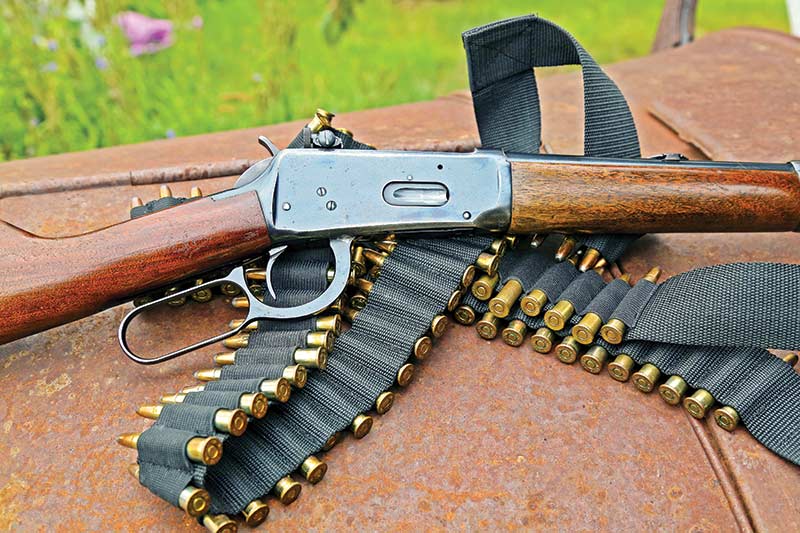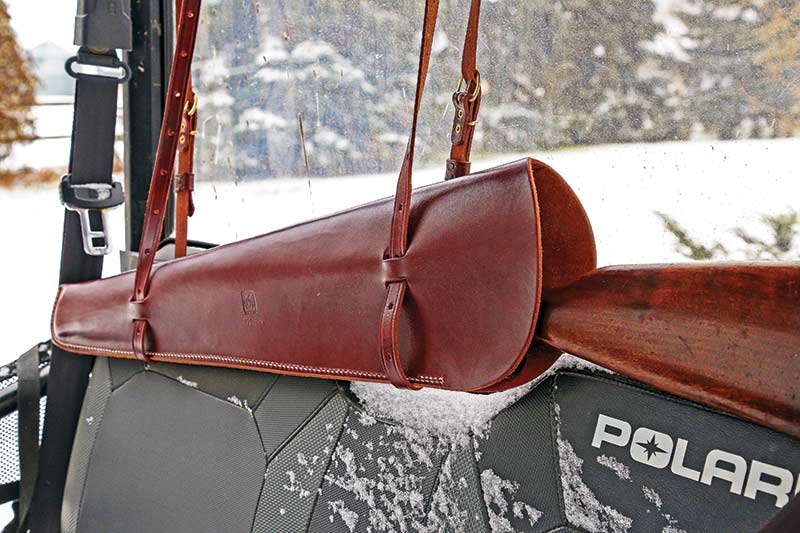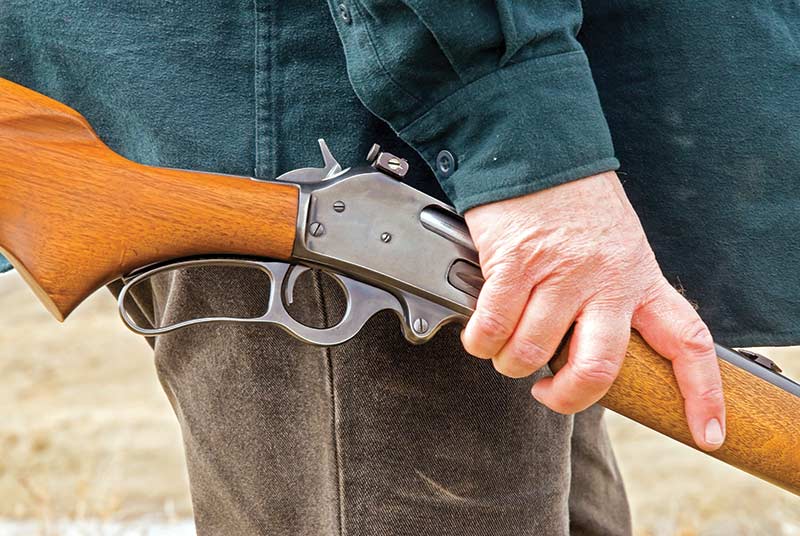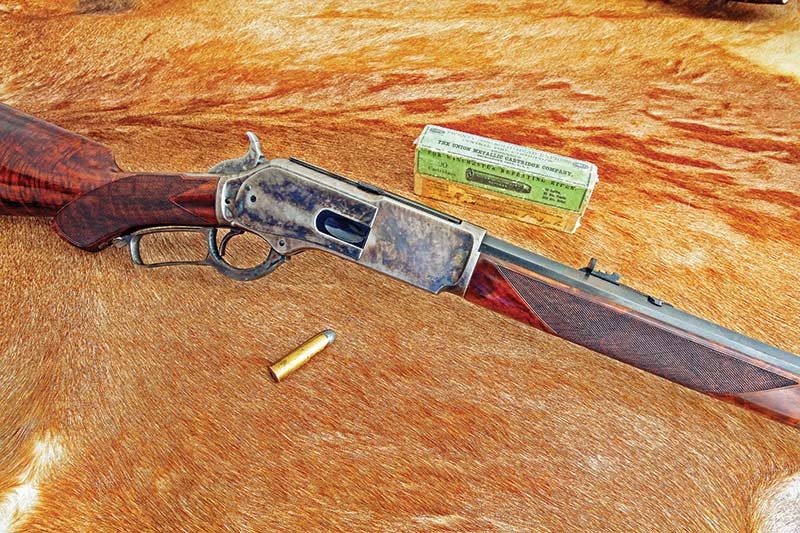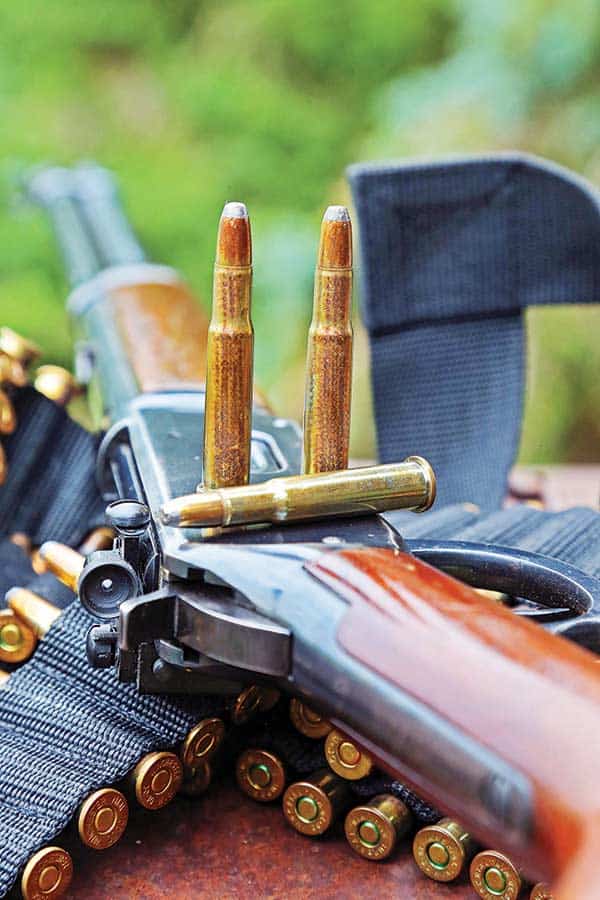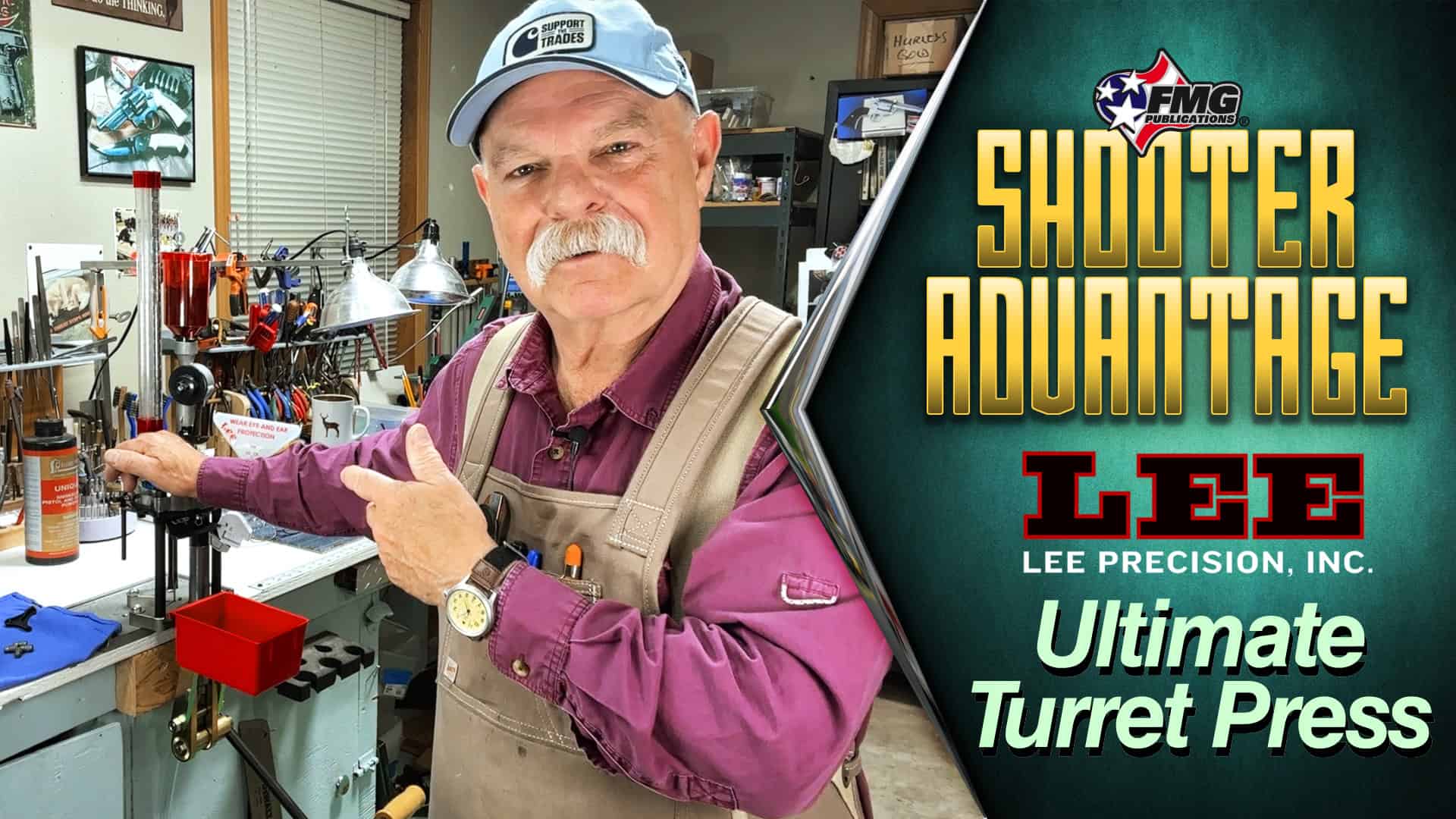The Immortal .30-30
Nearly 130 years later, still a contender
New cartridges come and go. Occasionally — not often — they come and stay. Sometimes a new cartridge is so sensational, so far ahead of its time, it transforms the hunting scene, radically altering long-held beliefs about cartridge effectiveness. One such example appeared more than a century ago.
Beginnings
The year was 1895 and the cartridge was the .30 WCF, the first smokeless powder cartridge designed purely for sporting purposes. Today we know it as the .30-30 Win. Introduced in an era of sailing vessels, oil lamps and horse-drawn transportation, it remains to this day one of the biggest-selling factory cartridges. No other cartridge before or since has had such a profound effect on American hunting rifles.
In the 1880–90s, smokeless powder was rapidly being adopted by various nations for military use. France adopted the 8mm Lebel in 1886, Germany the 8x57J for its 1888 Mauser rifles. Britain began loading its .303 British cartridges with smokeless powder in 1892, the same year the U.S. adopted the .30-40 Krag. Two of my favorite cartridges, the 6.5×55 Swedish Mauser and the 7×57 Mauser, were also military developments of the era.
In 1894 Winchester began marketing another of John Browning’s brilliant designs. Originally the Model 1894 was offered in two black powder cartridges, the .32-40 and .38-55. In 1895 Winchester introduced two smokeless powder cartridges for the rifle. The .25-35 was modestly successful, but the M1894/.30-30 combination was a spectacular success — a rare combination of the right rifle and right cartridge at the right time. By the turn of the century it dominated the hunting/sporting market.
Bountiful Ballistics
The .30 WCF originally used a 165-grain bullet at about 2,000 fps from a 26″ barrel. By today’s standards this seems modest, but back then it was sensational. Black powder hunting cartridges of the era typically had muzzle velocities of 1,100 to 1,300 fps. The jump to 2,000 fps represented a gain of 60 to 80%. For perspective, the difference in MV from .30-06 to .300 Win. Mag. is about 10%.
We have to remember the early adopters of the .30-30 were considered reckless radicals by more traditional hunters. In our time we see much the same reaction to those who have adopted the .223 and similar cartridges for deer hunting. The .30-30 users liked the flat trajectory of the cartridge compared to cartridges such as the .44-40 WCF and the .45-70 Springfield. They found it far easier to place shots accurately at ranges to 150 yards. Even at 200 yards, a hold along the backbone of a whitetail would result in a hit. And before you scoff at 200-yard shots, borrow a .44-40 with open iron sights and try a few shots at a deer-size target at 200 yards, not from a bench.
Hunters also liked the moderate recoil and mild report compared to black powder cartridges such as the .40-82, .45-70, .45-90 and .50-110.
While the Winchester 1894 and the .30-30 cartridge is a classic combination, other fine lever-action rifles were offered in .30-30 by Marlin and Savage. They were relatively light, the flat profile was ideal for carry in a scabbard and the rifles proved reliable under extreme conditions.
The compact size and light weight of .30-30 cartridges, compared to the big black powder cartridges, was an advantage. Americans tend to be a mobile people — travel in the early 1900s was by horse, bicycle, canoe, dog sled, on foot, occasionally by train and even automobile. Whether you were an Idaho retailer paying shipping costs on cases of ammo, a Texas rancher, Yukon prospector, Alaskan trapper or New England deer hunter, the ability to transport more cartridges was an important consideration.
Not Fade Away
The .30-30’s hunting field dominance lasted about a generation and profoundly influenced future cartridge development. It wiped out the medium- and big-bore black powder cartridges and demonstrated the advantages of higher velocity. The .30-30 era began to fade with the appearance of new cartridges following WWI. The successful new cartridge designs showed the influence of the .30-30. Almost all were .30 caliber or under, and they emphasized the virtues of high velocity and flat trajectory. Hunters who would have previously bought a .30-30 instead adopted the .250 and .300 Savage, .270 Win. and .30-06.
With millions of rifles produced, .30-30 cartridges would no doubt have remained in production for decades, gradually fading to honored retirement with its compatriots such as the .303 Savage and .30 Remington. In fact, its greatest success was still ahead. Movies and television gave us Westerns. Westerns resulted in demand for single-action revolvers and lever-action rifles. Of the estimated 7.5 million Model 1894 rifles made, about 5 million were made after 1960, the vast majority in .30-30 Win.
My first deer hunt, more than 60 years ago, was with a Model 94 .30-30. Today there are other rifles and cartridges I like better for deer hunting, but the Model 94, along with a bandolier or two of cartridges, is seldom far away.
